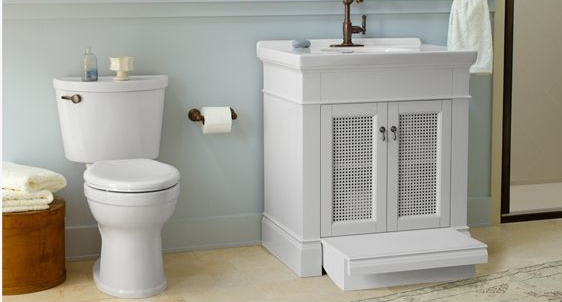
Think about color contrast when updating your bathroom.

My theory of designing for Alzheimer’s includes taking cues from designs during the time period that the person with Alzheimer’s was at the prime of life.
Looking back at the colorful contrasting fixtures and finishes in bathrooms from 30, 40, and 50+ years ago, it’s evident that the color contrast was popular in bathrooms.
It may make your eyes pop out a little, and do an instinctive lean back when you see vintage bathrooms with pink, yellow, green toilets and sinks. But there’s something here that is perfect for an Alzheimer’s family.
Today’s popular look of white-on-white bathrooms can be charming, and adds to the feeling of clean, but for someone with difficulty perceiving the surroundings, it can be difficult to see the white toilet on a white wall, with a white floor.
Color contrast is essential when thinking about the bathroom. Make sure the color below and behind the toilet and sink is a different color than the toilet and sink. You’ll have fewer messes to clean up. And that trash can in the bathroom, which is often a color, won’t be used as the toilet anymore.
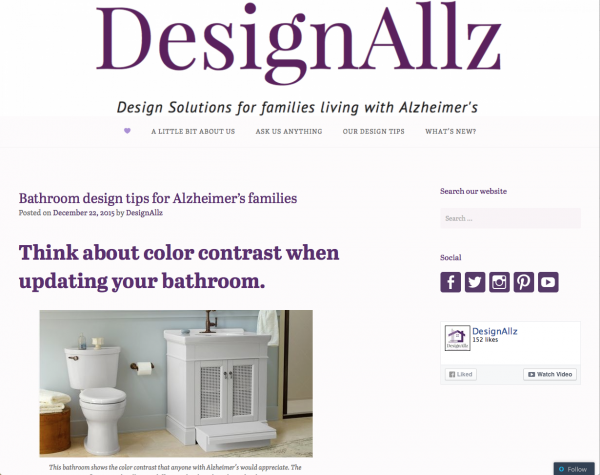



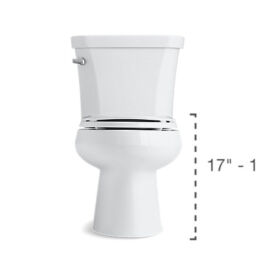


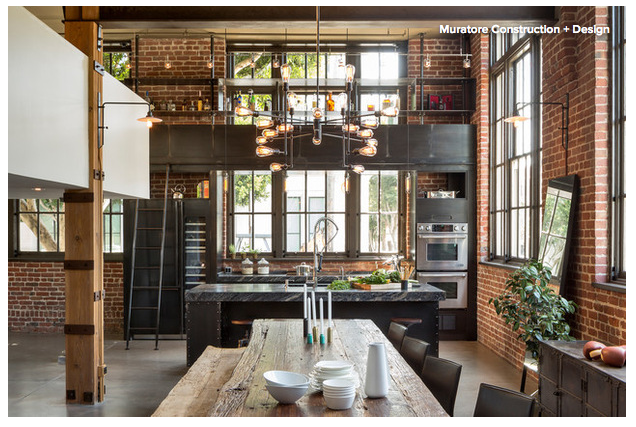
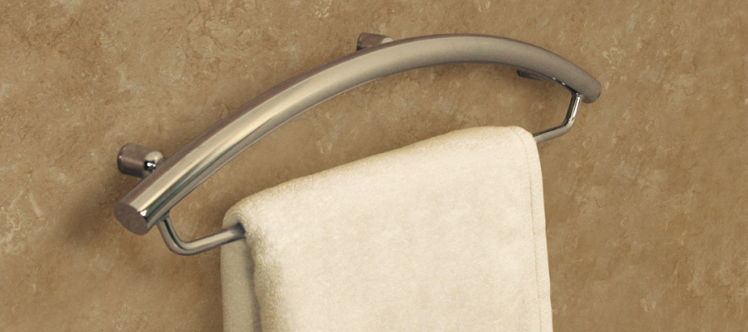
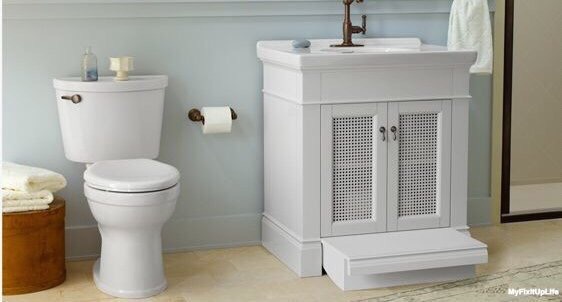
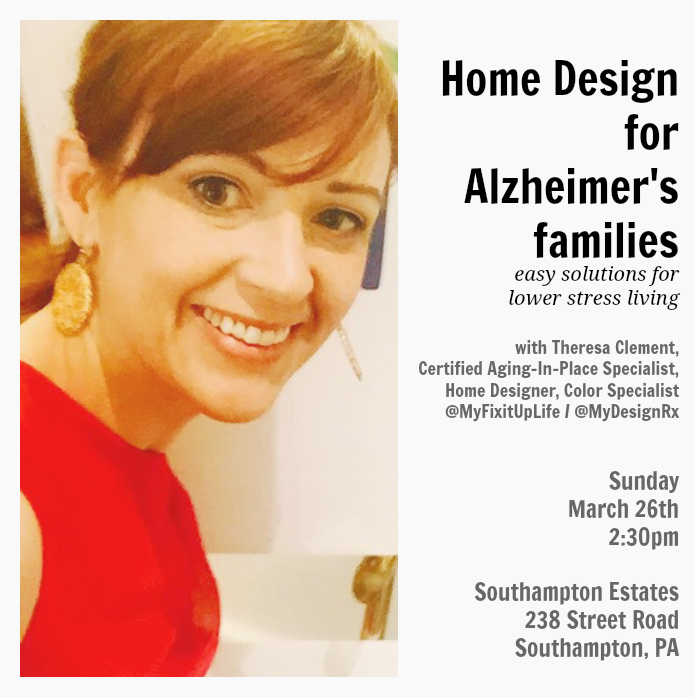
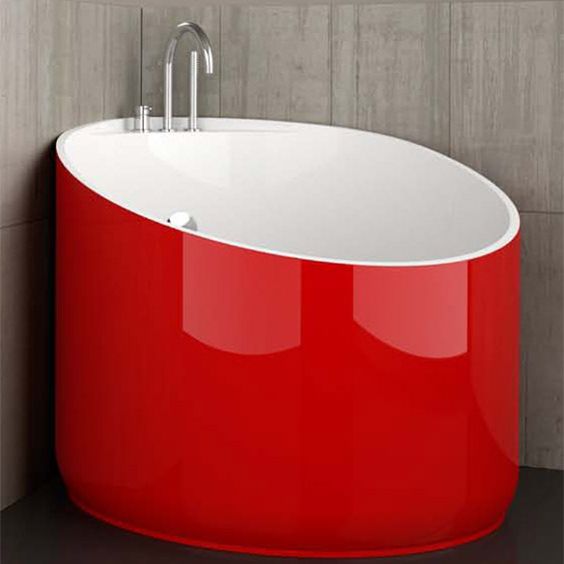

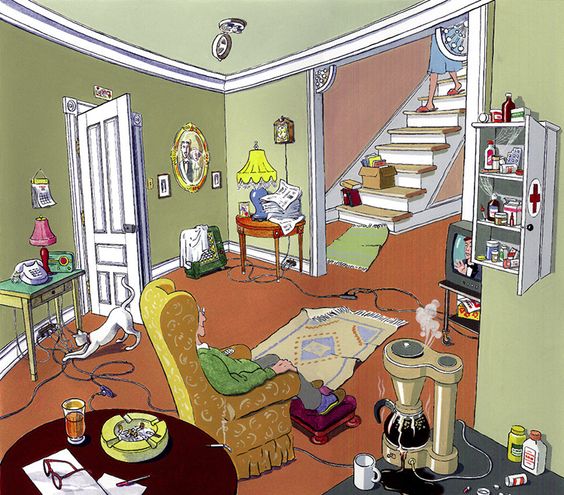

[…] community, a change that was whispered about, then discussed, and now openly celebrated. We call it aging-in-place, universal design, design for all, and many other labels that all essentially mean the same thing. […]